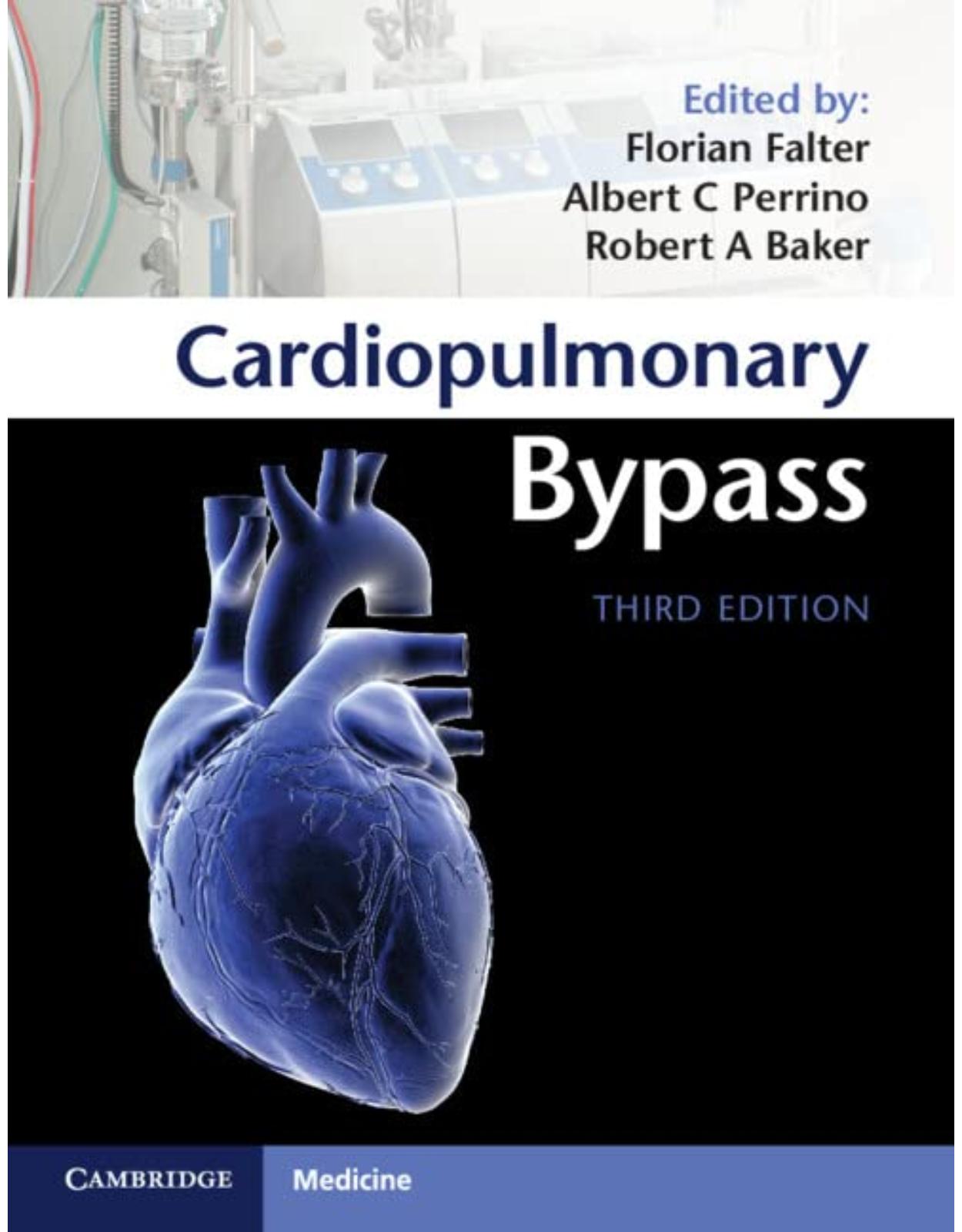
Cardiopulmonary Bypass
Livrare gratis la comenzi peste 500 RON. Pentru celelalte comenzi livrarea este 20 RON.
Disponibilitate: La comanda in aproximativ 4 saptamani
Editura: Cambridge University Press
Limba: Engleza
Nr. pagini: 288
Coperta: Paperback
Dimensiuni: 189 x 246 x 11 mm
An aparitie: 10 Nov. 2022
Description:
The third edition of Cardiopulmonary Bypass offers a comprehensive, and up-to-date reference text to extracorporeal cardiopulmonary support. This book provides a clinically-focused tutorial with chapters spanning the technical aspects, patient related considerations, and human factors essential to contemporary practice of cardiopulmonary bypass. Written concisely to allow the reader to gain and apply critical knowledge to the clinical setting and featuring artwork that has been extensively updated to include numerous figures and color plates imbedded into each chapter. A remarkable collection of international experts in the fields of perfusion, anesthesiology, and cardiac surgery were recruited to co-author chapters, providing a multidisciplinary approach to case management. This completely updated edition includes expanded content on developments in minimally invasive extracorporeal circulation, anticoagulation, organ injury, and human factors. The comprehensive coverage of perfusion practice in a concise, highly illustrated format makes it the go-to, portable reference manual for perfusionists, cardiac surgeons, and anesthesiologists.
Table of Contents:
Chapter 1 Human Factors and Teamwork in Cardiac Surgery
Error
The Human Factors Perspective
Teamwork
Leadership
Repair, Recovery and Resilience
Practical Solutions
Standardized Conversations
Briefing and Debriefing
Creating the Team
Non-Technical Skill Assessment Tools
Suggested Further Reading
Chapter 2 Equipment for Cardiopulmonary Bypass
History
Tubing
Arterial Cannulae
Venous Cannulae
Perfusion Pumps
Roller Pumps
Centrifugal Pumps
Reservoirs
Oxygenators
Gas Supply System
Filters and Bubble Traps
Suckers and Vents
Cardioplegia Delivery Systems
Hemofilters
Miniaturized Extracorporeal Circulation (MiECC)
Suggested Further Reading
Chapter 3 Monitoring during Cardiopulmonary Bypass
Heart Lung Machine
Blood and Gas Flow
Temperature
Pressure
Low Level and Air Bubble Detection
Calibration of Heart Lung Machine Monitoring Systems
Gas Exchange
In-line Blood Gas Analysis, Venous Saturation and Hematocrit Monitors
Cerebral Oxygen Saturation
Oxygen Delivery and Carbon Dioxide Extraction
Anticoagulation Monitoring
Hemodynamic Monitoring
Documentation of Intraoperative Monitoring Data: The Cardiopulmonary Bypass Record
Application of Electronic Perfusion Data
Registry
Suggested Further Reading
Chapter 4 Cardiopulmonary Bypass Circuit Setup and Safety Checks
Introduction
CPB Machine Preparation and Setup
CPB Components
CPB Setup
CPB Priming
Human Factors
The Pre-CPB Checklist
Safety Concerns prior to Commencing CPB
Minimal Extracorporeal Circulation Safety Features
Suggested Further Reading
Chapter 5 Priming Solutions for Cardiopulmonary Bypass Circuits
Hemodilution
Blood Flow
Clotting Factors
Drug Bioavailability
Controlling Hemodilution
Priming Solutions
Crystalloid Solutions
Colloid Solutions
Electrolyte Management
Sodium
Potassium
Calcium
Magnesium
Osmolarity and pH
Glucose
Prime Additives
Sodium Bicarbonate (NaHCO3)
Mannitol
Heparin
Corticosteroids
Suggested Further Reading
Chapter 6 Anticoagulation for Cardiopulmonary Bypass
Heparin
Pharmacology
Heparin Monitoring
Initiation of CPB
Maintenance of Heparin Effect
Heparin Resistance
Heparin Neutralization
Heparin Induced Thrombocytopenia
Alternative Anticoagulants and Other Techniques in HIT
The Future of Anticoagulation for CPB
Suggested Further Reading
Chapter 7 Conduct of Cardiopulmonary Bypass
Arterial Cannulation
Connecting the Patient
Complications of Aortic Root Cannulation
Peripheral Arterial Cannulation
Venous Cannulation
Connection to the Patient
Peripheral Venous Cannulation
General Sequence of Events for the Conduct of CPB
Connecting the Patient to the CPB Circuit
Initiating CPB
The Rewarming Phase
Monitoring during CPB
Pressure Management
Maintaining a Bloodless Surgical Field
Cardiotomy Suction
Adverse Effects of Cardiotomy Suction
Keeping the Heart Relaxed
Detection of LV Distension
Venting the Heart
Suggested Further Reading
Chapter 8 Minimal Invasive Extracorporeal Circulation
The Evolution of Minimal Invasive Extracorporeal Circulation
Classification of MiECC systems
The Team Approach to MiECC
Surgeon's perspective
Anesthesiologist's perspective
Perfusionist's perspective
Advantages of a Modular Design
Training
The Quest for ''Physiologic'' Perfusion
Evidenced-Based Clinical Advantages of MiECC
Incorporating the Lessons Learned from MiECC into Practice
Suggested Further Reading
Chapter 9 Considerations for Operations Involving Deep Hypothermic Circulatory Arrest
Indications
Pathophysiology
Preoperative Considerations
Preoperative Assessment
Monitoring Considerations
Surgical Considerations
Arterial Cannulation
Venous Cannulation
Descending Thoracic Aortic Surgery
Perfusion Considerations
Extracorporeal Circulation
Hemodilution
Temperature Management
Acid-Base Management
Glucose Management
Blood Conservation
Neuroprotection during DHCA
Hypothermia Alone
Pharmacological Neuroprotection
Cerebral Perfusion Strategies
Intermittent Cerebral Perfusion
Selective Antegrade Cerebral Perfusion (SACP)
Retrograde Cerebral Perfusion (RCP)
Neurologic Monitoring
Spinal Cord Protection
Cerebrospinal Fluid Drainage
Neurophysiologic Monitoring
Pulmonary (Thrombo)endarterectomy (PTE)
Suggested Further Reading
Chapter 10 Metabolic Management during Cardiopulmonary Bypass
Cardiopulmonary Bypass and the Challenges of Metabolic Management
Effective Bypass and Circuit Design
Metabolic Markers during CPB
CPB Blood Flow
Mean Arterial Pressure (MAP) during CPB
Blood Gas Parameters
Continuous In-line Blood Gas Monitoring
Acid-Base Balance
Hematocrit on CPB
Mixed Venous Oxygen Saturation (SVO2)
Urine Output
Blood Lactate
Goal-Directed Perfusion Parameters in Metabolic Monitoring during CPB
Oxygen Delivery
CO2-derived Parameters
O2 and CO2 Ratios in Metabolic Monitoring during CPB
Electrolytes
Potassium
Magnesium
Calcium
Phosphate
Chloride
Glucose
Drug Metabolism
Temperature Management
Hypothermic Bypass ABG Management: Alpha versus pH Stat
Rewarming from Hypothermic Bypass
Suggested Further Reading
Chapter 11 Myocardial Preservation during Cardiopulmonary Bypass
History of Myocardial Protection
Ischemia/Reperfusion Injury and Key Intracellular Modulators of Cell Survival
Myocardial Ischemia
Ischemia/Reperfusion
Mitochondrial Based Protection
Cardioplegia Techniques
Physiology of Cardioplegia
Cardioplegia Solutions
Additives
Delivery of Cardioplegia
Antegrade Delivery
Retrograde Delivery
Delivery through Vein Grafts
Cardioplegia Techniques for Minimal Access Surgery
Temperature Management and Cardioplegia
Non-Cardioplegic Methods of Myocardial Protection
Intermittent Cross Clamping/Fibrillation
Off Pump Surgery (OPCABG)
Ischemic Preconditioning
Remote Ischemic Preconditioning
Sodium Hydrogen Exchanger Isoform-1 (NHE-1)
Cyclosporine
Volatile Anesthetic Agents
Suggested Further Reading
Chapter 12 Weaning from Cardiopulmonary Bypass
Communication and Teamwork
Weaning Checklist
Temperature
De-airing
Reperfusion
Rate/Rhythm/Contractility
Pacing
Inotropes
Anesthesia
Alarms
Ventilation
Electrolytes and Acid-Base
Levels
Predicting Difficulty
Mechanics of Separation from CPB
Assessment of Cardiac Function and Inotropic Support
Assessment of Afterload
TEE in Weaning from CPB
Reversal of Anticoagulation
Residual Blood Management
Failure to Wean from CPB
Reinstitution of CPB
Pharmacological Choices in Weaning from CPB
Pharmacological Side Effects
Mechanical Support in Weaning from CPB
Suggested Further Reading
Chapter 13 Intraoperative Mechanical Circulatory Support and Other Uses of Cardiopulmonary Bypass
Historical Perspective of MCS in Cardiac and Respiratory Failure
MCS Equipment Selection
Thoracic Surgeries
Anterior Mediastinal Masses and Difficult Airways
Thoracic and Abdominal Tumor Surgery
Thoracic Aortic Surgery
Left Heart Bypass
Partial or Complete Cardiopulmonary Bypass
Selective Spinal and Reno-visceral Perfusion
Circulatory Support during Donor Organ Procurement
Organ Donation for Heart Transplantation
Organ Donation for Lung Transplantation
Circulatory Support during Organ Implant
Heart and Heart-Lung Transplantation
Lung Transplantation
Liver Transplantation
Emergent or Bail-out Applications of MCS
Perioperative
Outside the Operating Room
Organ Support during ECLS
Suggested Further Reading
Chapter 14 Mechanical Circulatory Support
Intra-aortic Balloon Pump
Management of the Patient with IABP
Complications of IABP Use
Extracorporeal Membrane Oxygenation (ECMO)
Circuit Design
Indications
Contraindications
Complications
Clinical Outcomes
Managing Patients on VA-ECMO
Weaning VA-ECMO
Ventricular Assist Devices
Indications for VAD
The VAD Decision-Making Process
Types of Ventricular Assist Devices
Percutaneous Temporary Ventricular Assist Devices
Central Ventricular Assist Devices
VAD Patient Management
Perioperative Management
Postoperative Management
Complications
Suggested Further Reading
Chapter 15 Cardiopulmonary Bypass for Pediatric Cardiac Surgery
Major Differences between the Pediatric and Adult Cardiac Patients
Specific Pathophysiology That Affects Cardiopulmonary Bypass
Myocardial Protection in the Immature Myocardium
Deep Hypothermia Circulatory Arrest and Regional Cerebral Perfusion
Conduct of Cardiopulmonary Bypass
Cannulation
Anticoagulation Management
Flow Rates and Oxygen Delivery
Monitoring
Blood Gas Management
Termination of CPB
Pathophysiology of Cardiopulmonary Bypass
Hemodilution and Low Prime Circuits
Retrograde Autologous Prime
Conventional and Modified Ultrafiltration
Suggested Further Reading
Chapter 16 Coagulopathy and Hematological Disorders Associated with Cardiopulmonary Bypass
Pathophysiology of Coagulopathy After Cardiopulmonary Bypass
Role of Preoperative Medication in Coagulopathy
Genetic Factors
Anti-platelet Agents
Vitamin K Antagonists
Novel Oral Anticoagulants
Assessment of Coagulopathy
Therapeutic Interventions and Management of Bleeding Patients
Blood Conservation Techniques
Antifibrinolytic Agents
Avoiding Hemodilution
Special Conditions
Jehovah's Witnesses
Sickle Cell Anemia
Cold Agglutinins
Suggested Further Reading
Chapter 17 Inflammation and Organ Damage during Cardiopulmonary Bypass
Systemic Inflammatory Response
From Teflon to Velcro: How Endothelial Lining Links the Systemic Inflammatory Response to Organ Inju
Dysfunction of Specific Organ Systems
Gastrointestinal Dysfunction
Pathogenesis of GI Complications
Specific GI Complications
Pulmonary Dysfunction
Myocardial Dysfunction
Therapeutic Strategies for Attenuating the Systemic Inflammatory Response
How to Measure Anti-inflammatory Interventions?
Anti-inflammatory Interventions
Pharmacological Strategies
Perfusion Strategies
Suggested Further Reading
Chapter 18 Neuromonitoring and Cerebral Morbidity Associated with Cardiopulmonary Bypass
Risk Factors
Blood Pressure Control
Blood Pressure Control and Stroke
Blood Pressure Control and Delirium
Cerebral Blood Flow
Cerebral Oxygen Saturation
Pharmacologic Options for Neuroprotection
Temperature Management and Cerebral Morbidity
Epiaortic Ultrasound Scanning of the Ascending Aorta
Suggested Further Reading
Chapter 19 Renal Morbidity Associated with Cardiopulmonary Bypass
Definitions
Epidemiology and Outcomes Associated with AKI
Pathophysiology
Risk Factors
Patient-Related Factors
Procedure-Related Factors
Perfusion-Related Risk Factors
Blood Flow and Oxygen Delivery to the Kidneys
Prevention of AKI
Non-pharmacological Interventions
Pharmacological Interventions
Management of Patients with Chronic Kidney Disease
RRT-dependent Patients
Patients with Non-RRT-dependent CKD
Suggested Further Reading
Chapter 20 Common and Uncommon Disasters during Cardiopulmonary Bypass
Incident Reporting and Safety Culture
Common and Uncommon Disasters
Oxygenator Failures
Blood Path Obstruction
Falling Cerebral Saturation
Equipment Failure
Circuit Disruption
Air in Circuit
Electrical Failure
Heater Cooler Failure
Clinical Events
Drug and Medication Error
Heparin Resistance
Cold Agglutination
Malignant Hyperthermia
Vasoplegic Shock
Aortic Dissection
Over-pressurization during Cardioplegia
Inadvertent Cannulation of Hepatic Vein during Bi-caval Venous Cannulation
Suggested Further Reading
Index
| An aparitie | 10 Nov. 2022 |
| Autor | Florian Falter, Albert C. Perrino, Jr, Robert A. Baker |
| Dimensiuni | 189 x 246 x 11 mm |
| Editura | Cambridge University Press |
| Format | Paperback |
| ISBN | 9781009009621 |
| Limba | Engleza |
| Nr pag | 288 |

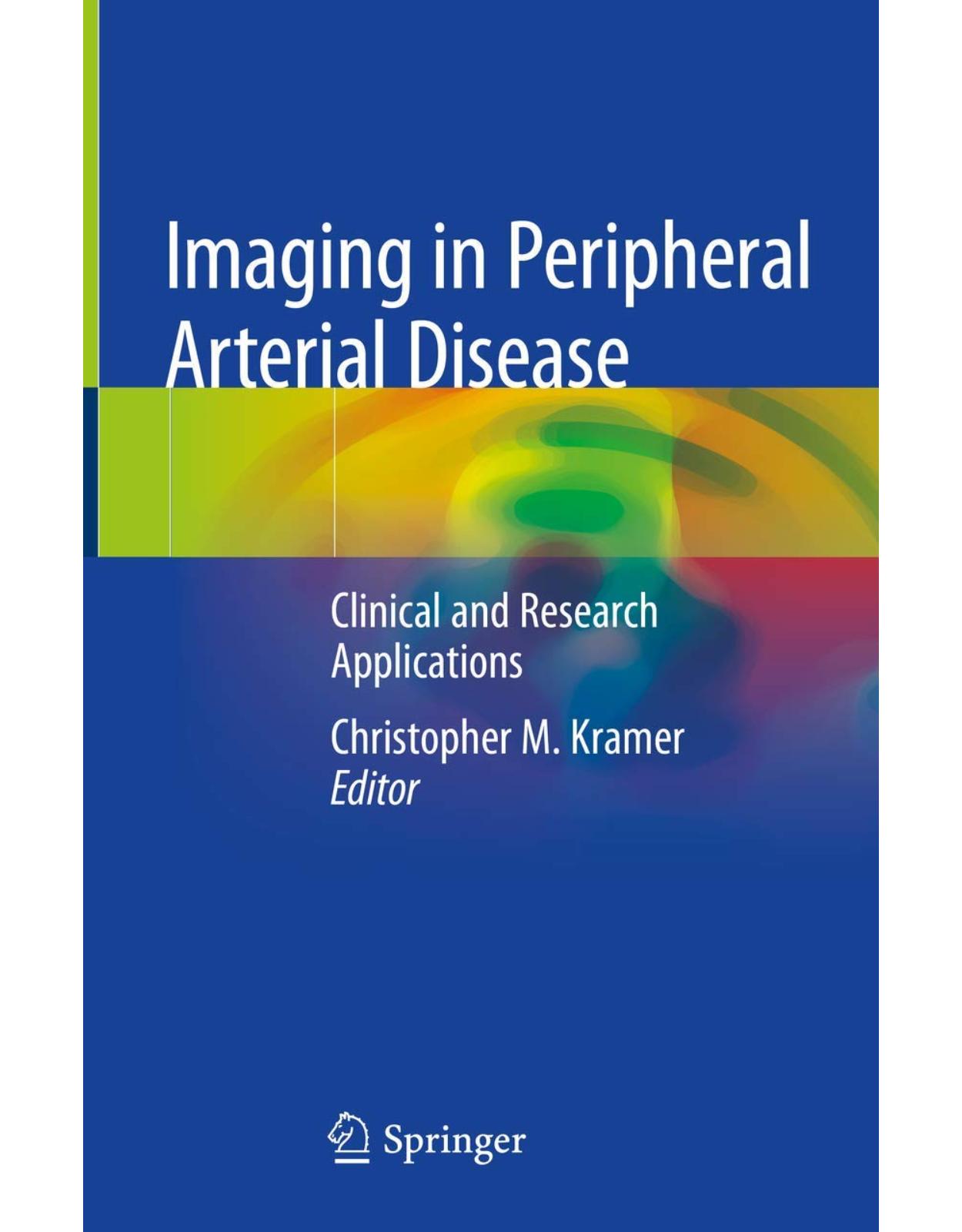
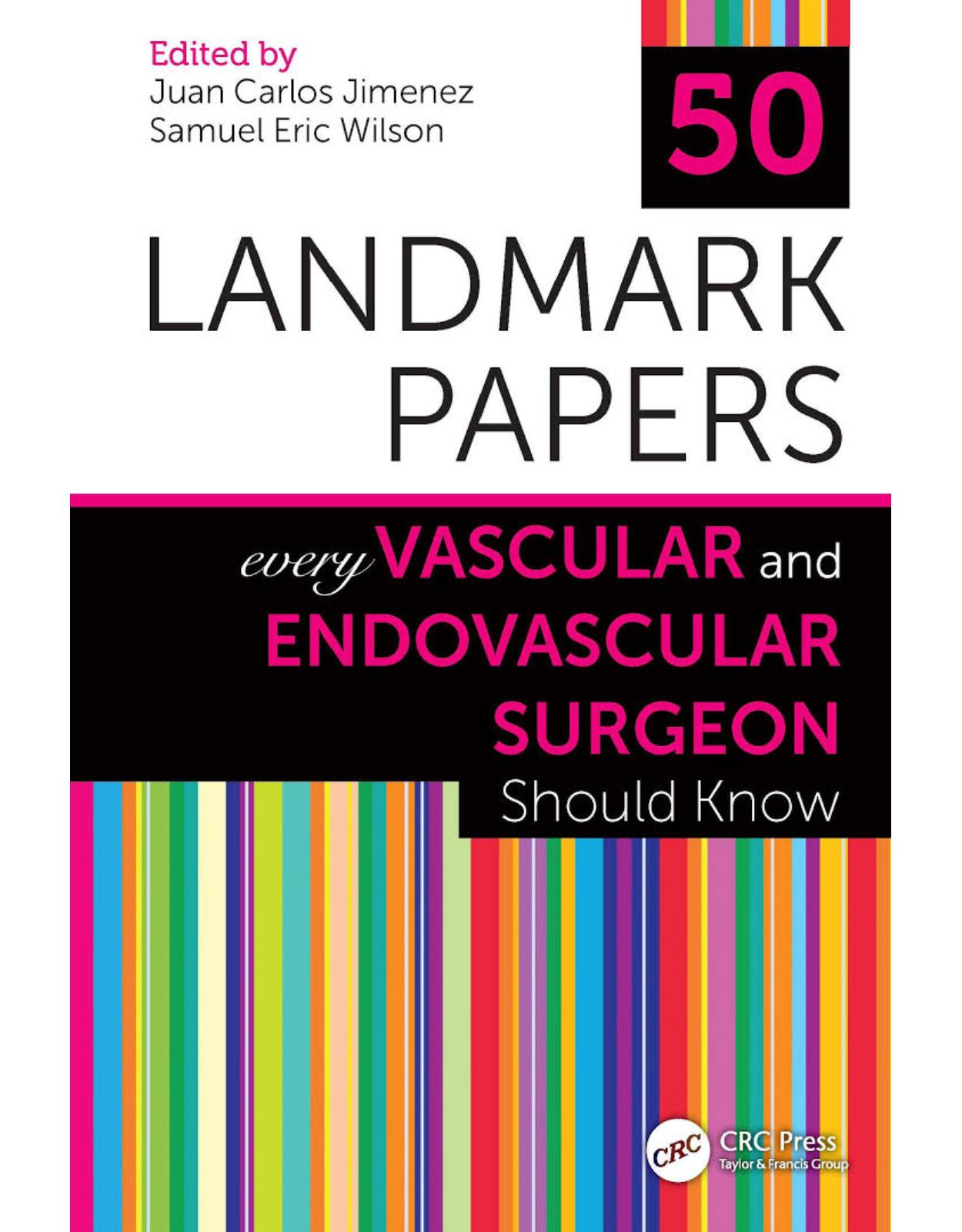
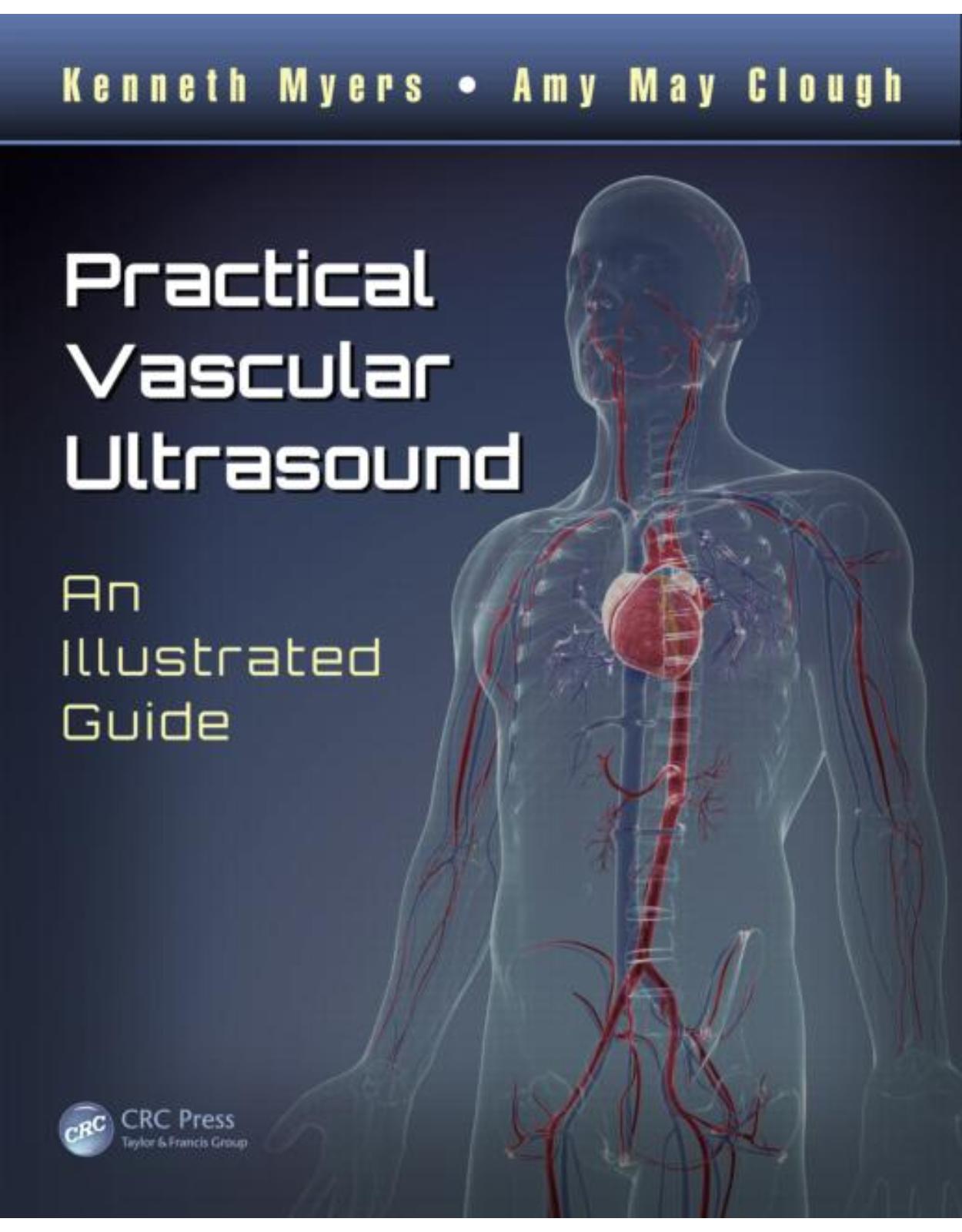
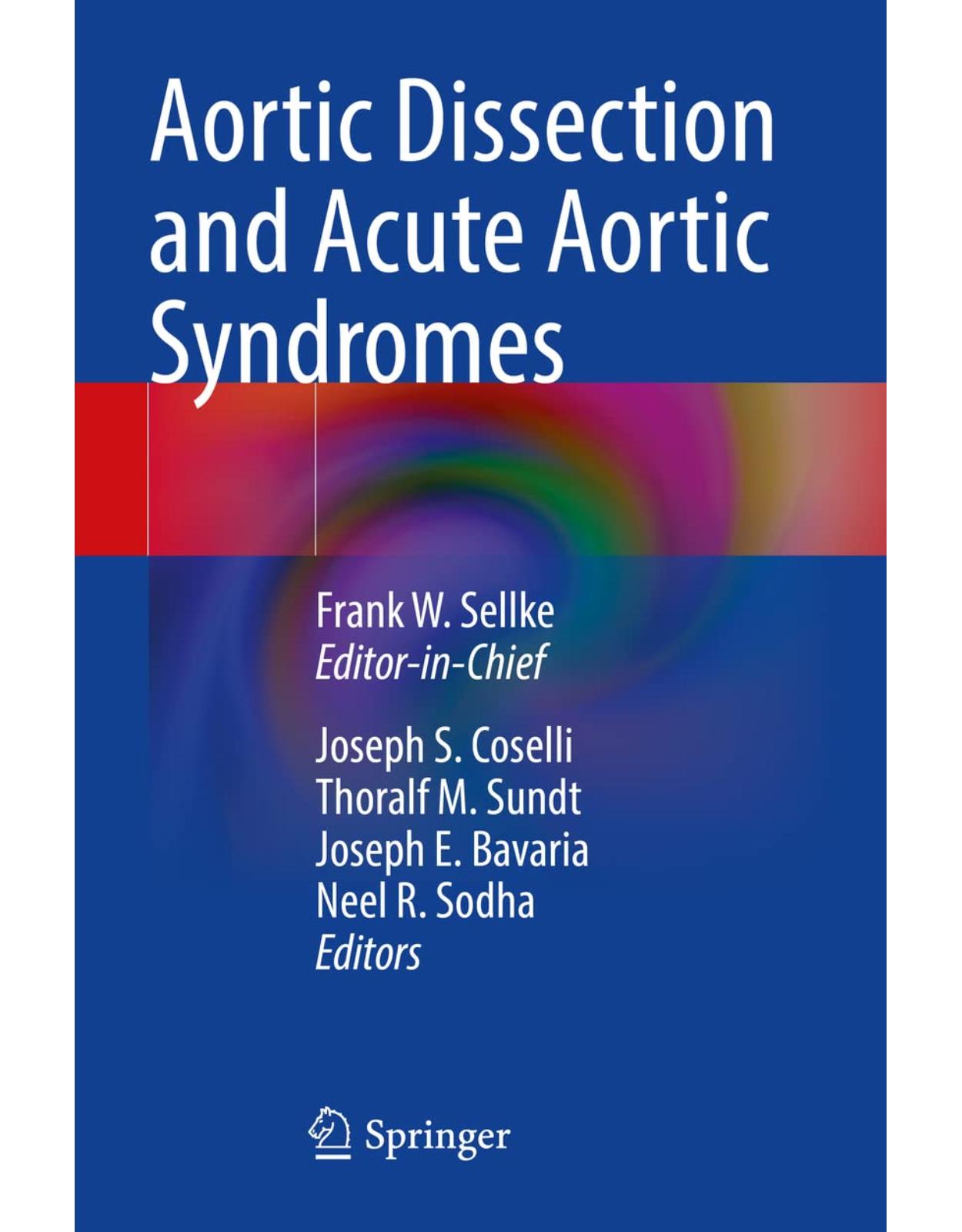
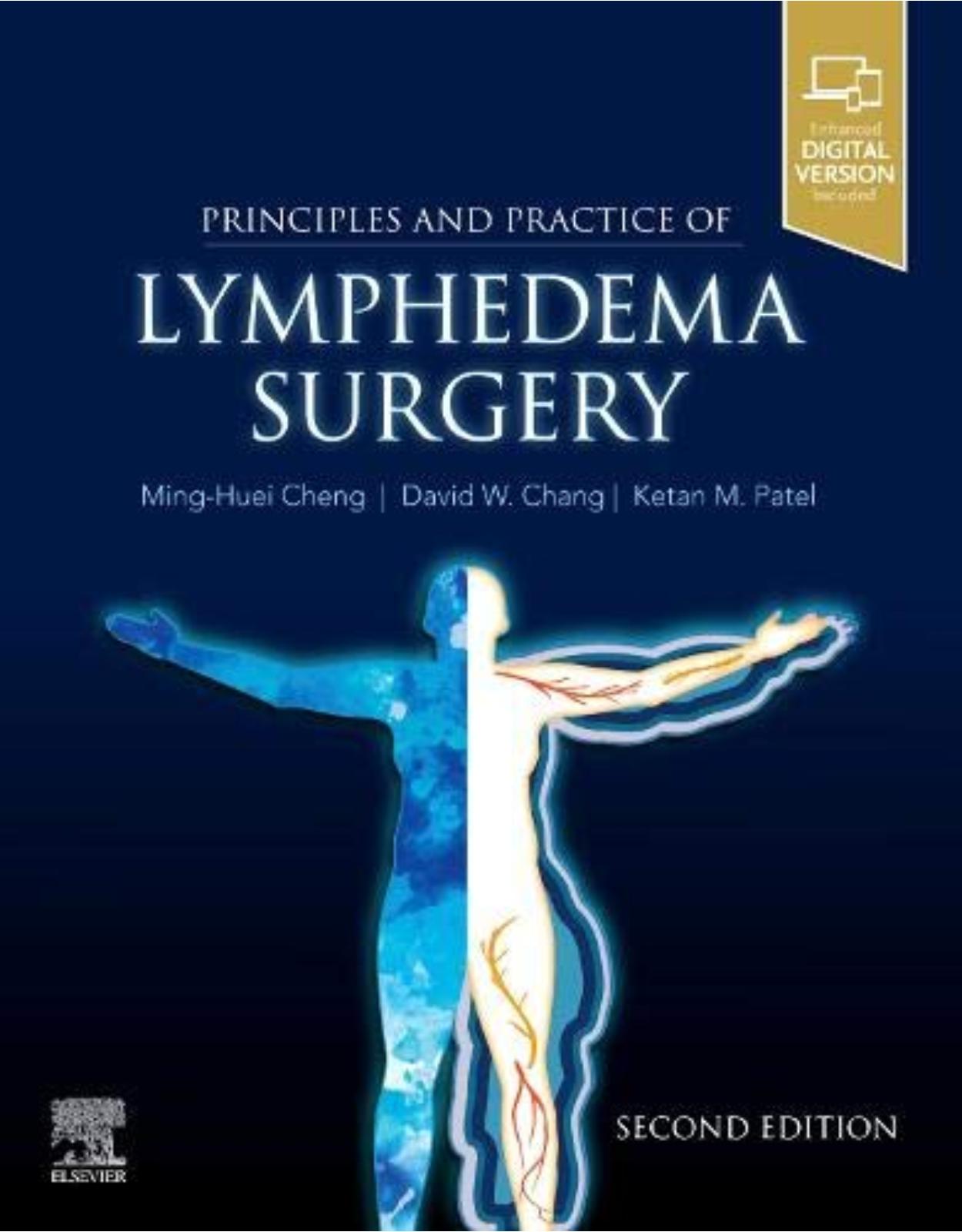
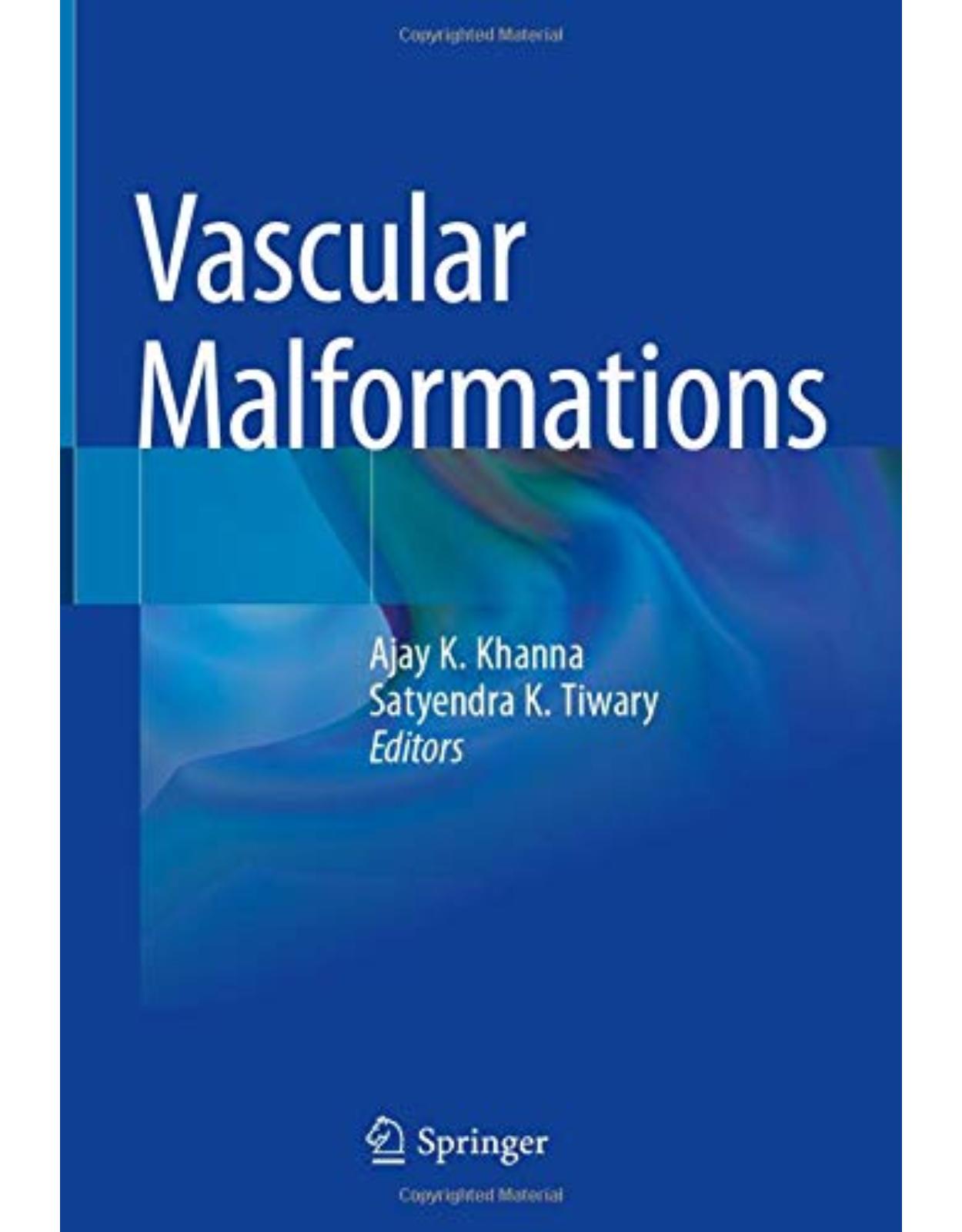
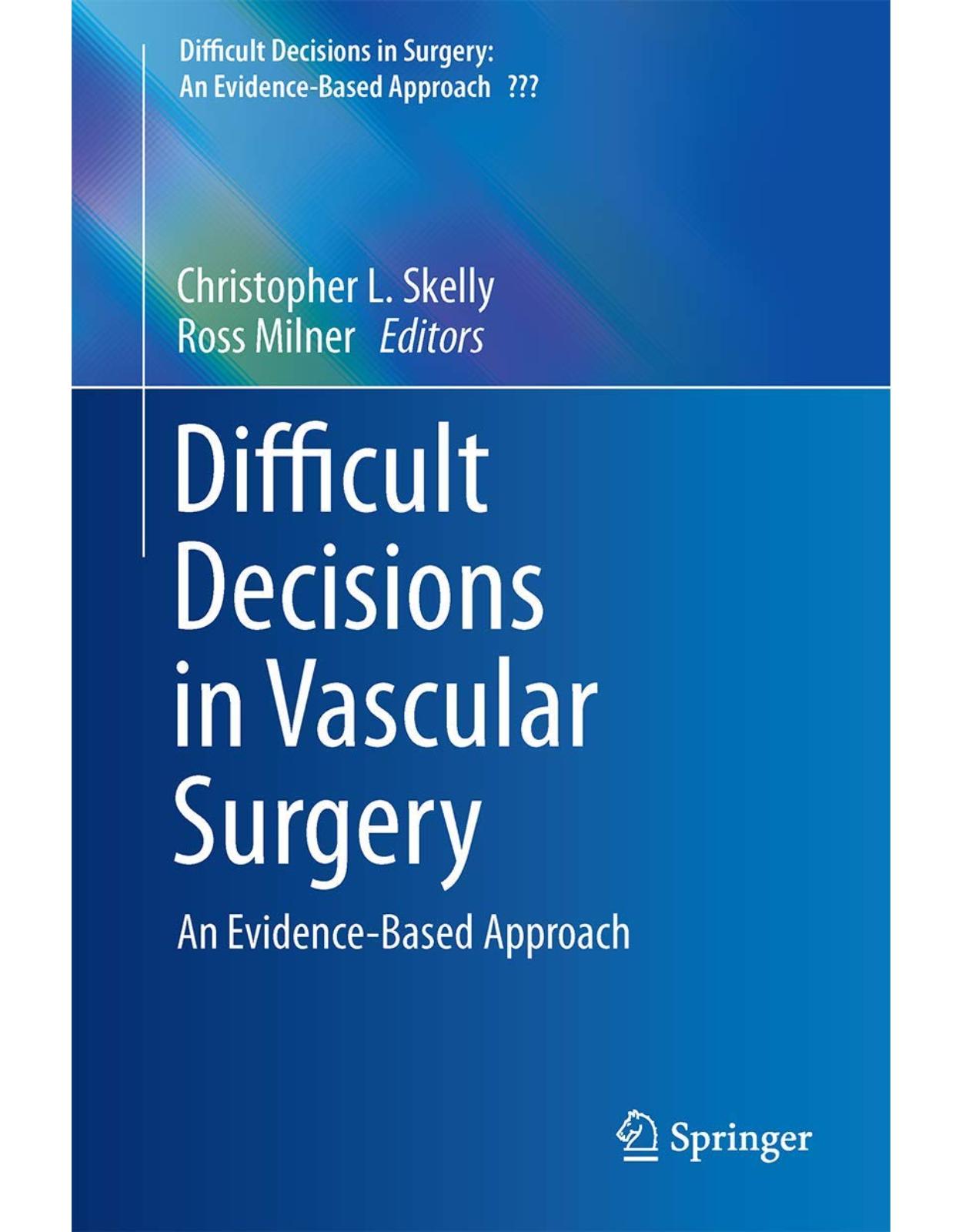
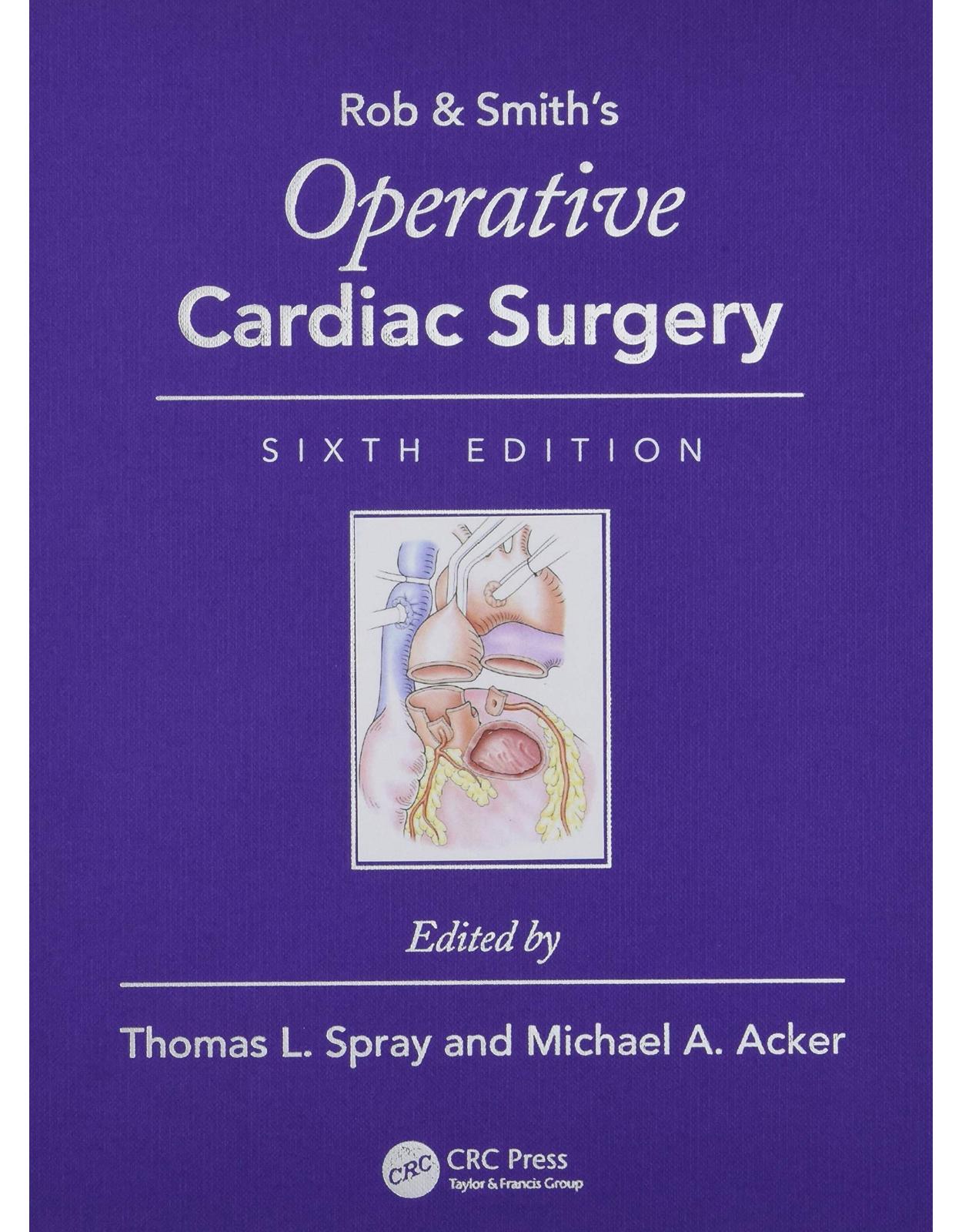
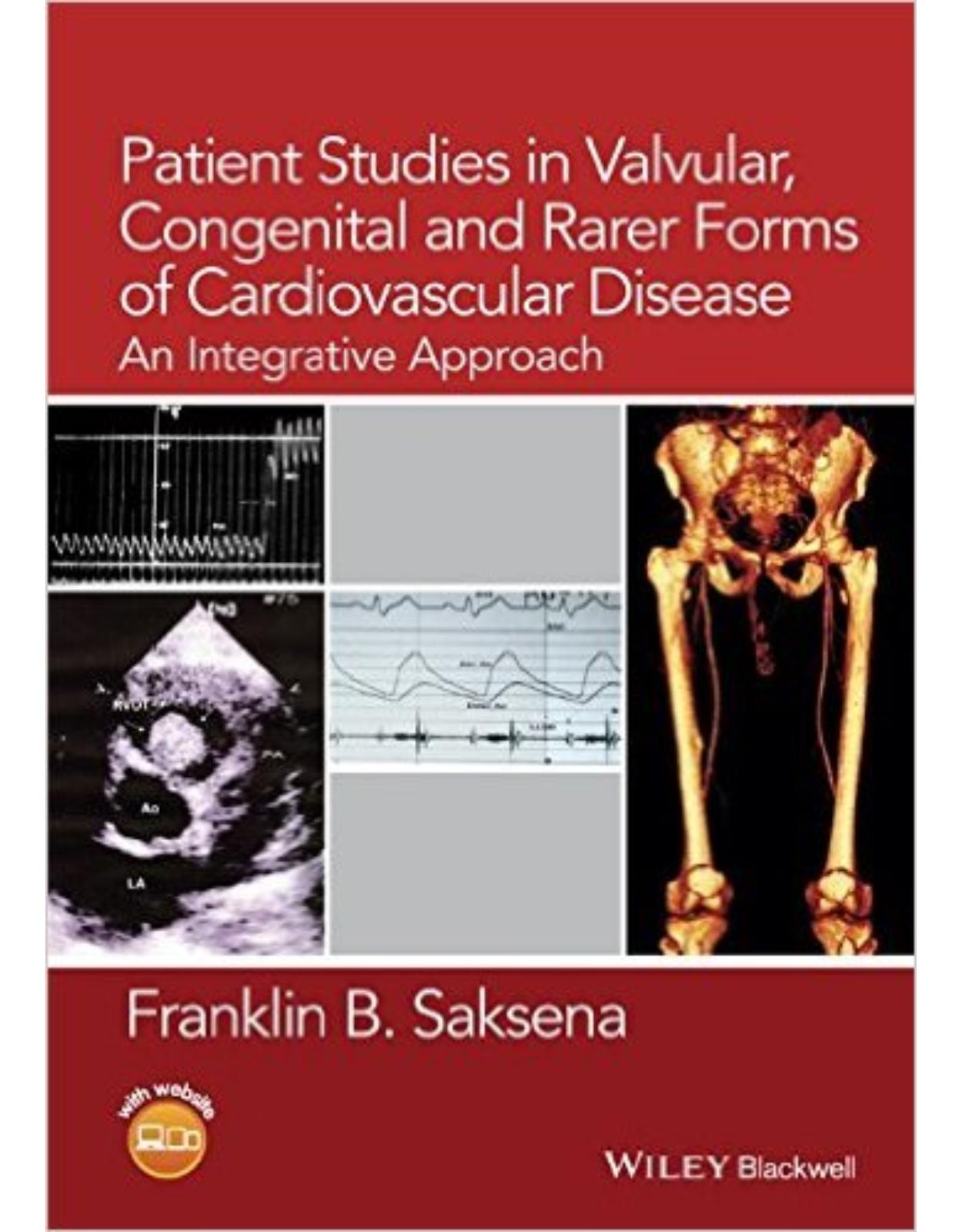
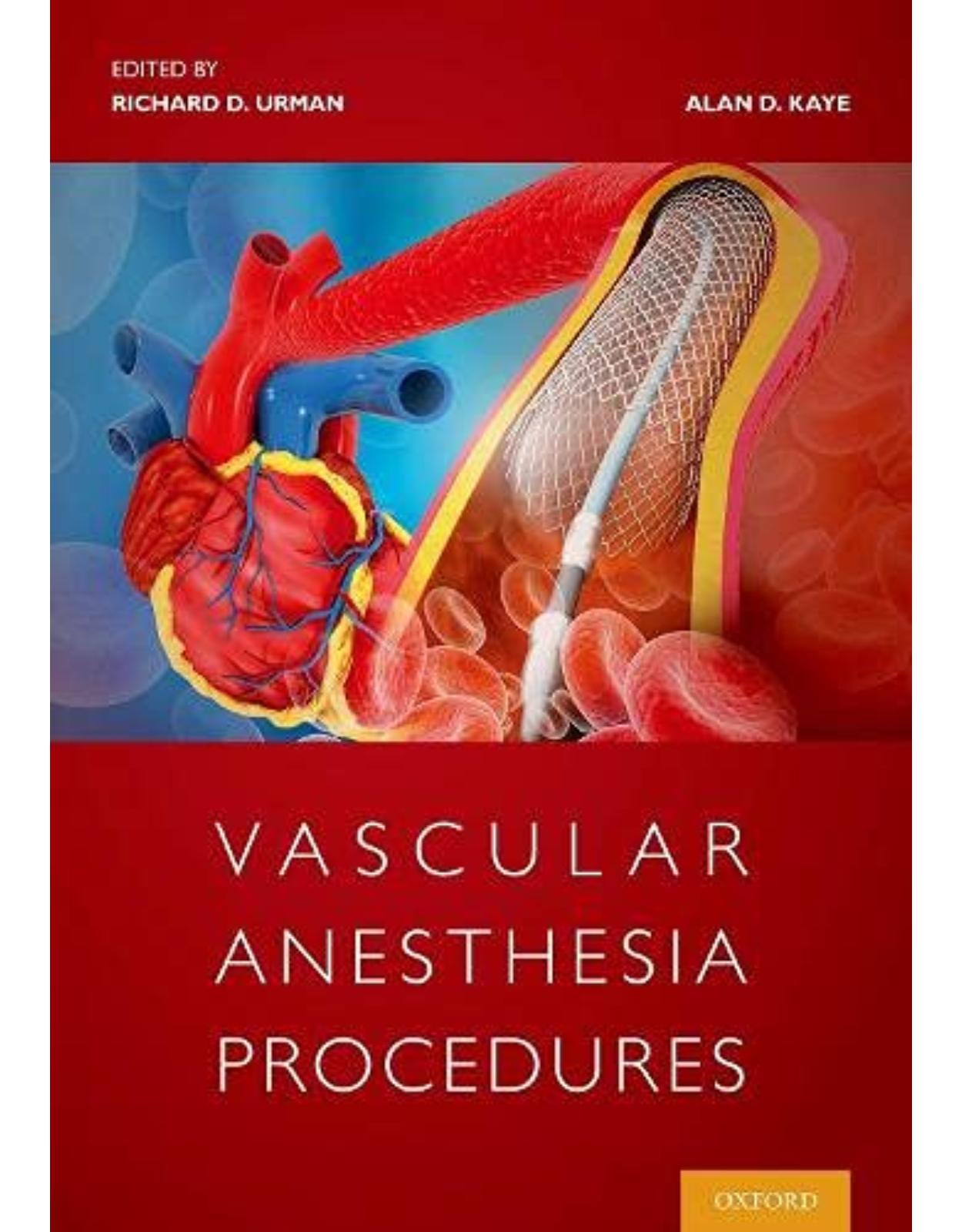
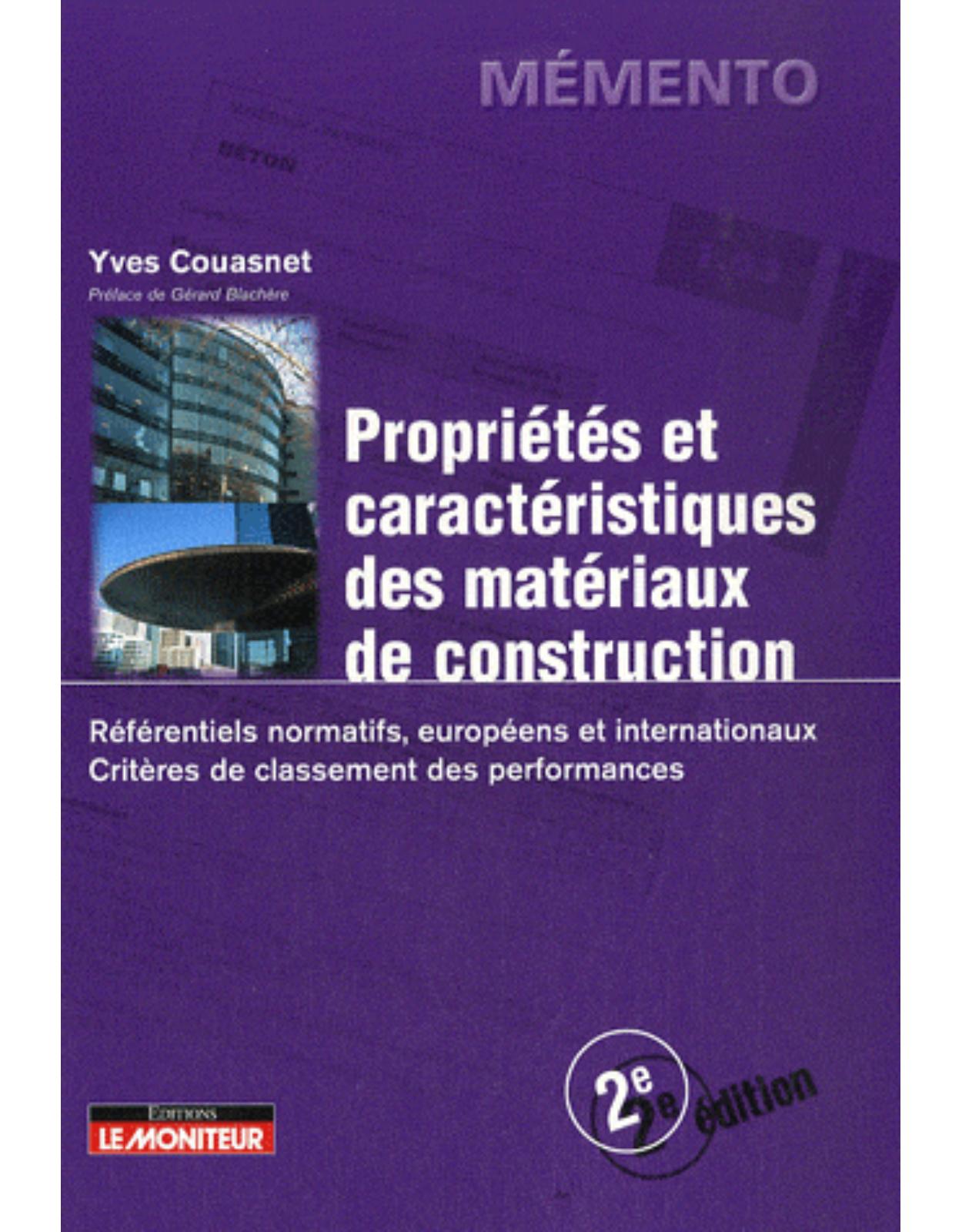
Clientii ebookshop.ro nu au adaugat inca opinii pentru acest produs. Fii primul care adauga o parere, folosind formularul de mai jos.